2024年ノーベル物理学賞、人工知能の革新者ジョン・ホップフィールドとジェフリー・ヒントンに授与

火曜日、ノーベル物理学賞は、人工知能(A.I.)の分野における画期的な業績が認められ、ジョン・J・ホップフィールド博士とジェフリー・E・ヒントン博士に授与されました。彼らの研究は人間の脳の働きにインスパイアを受け、コンピュータの学習方法を根本から変えました。

授賞理由
ノーベル委員会は、ホップフィールド博士とヒントン博士が機械学習と人工ニューラルネットワークの分野において果たした貢献を評価しました。彼らの業績は、コンピュータシステムの新たな活用方法を示し、人工知能技術の急速な成長の基盤を提供しました。これにより、コンピュータは膨大なデータを分析・学習できるようになり、科学研究やデータ分析などさまざまな分野で重要な進展がもたらされています。
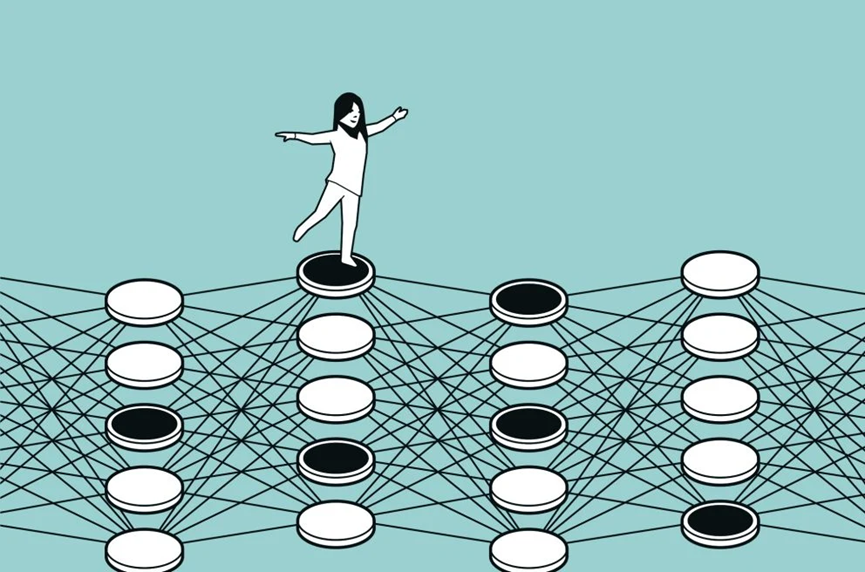
人工知能の影響
人工ニューラルネットワークは、すでに新しい材料の設計、粒子加速器からの大規模データセットの処理、宇宙の調査など、さまざまな応用に利用されています。委員会は、私たちの生活や仕事のあり方を形作る上での人工知能の重要性が高まっていることを強調し、さまざまな社会的課題に取り組む可能性に言及しました。
A.I.ブームにおける市場の動向
現代のA.I.ブームの中で、XXAIプラットフォームは、ユーザーが最高のA.I.能力を手頃な価格で体験できるよう、最も強力なモデルの一つであるGPT-4とClaude 3.5を統合しました。月額のサブスクリプションは9.9ドルから始まり、より多くの人々がさまざまな応用のための先端技術を活用できるようになっています。
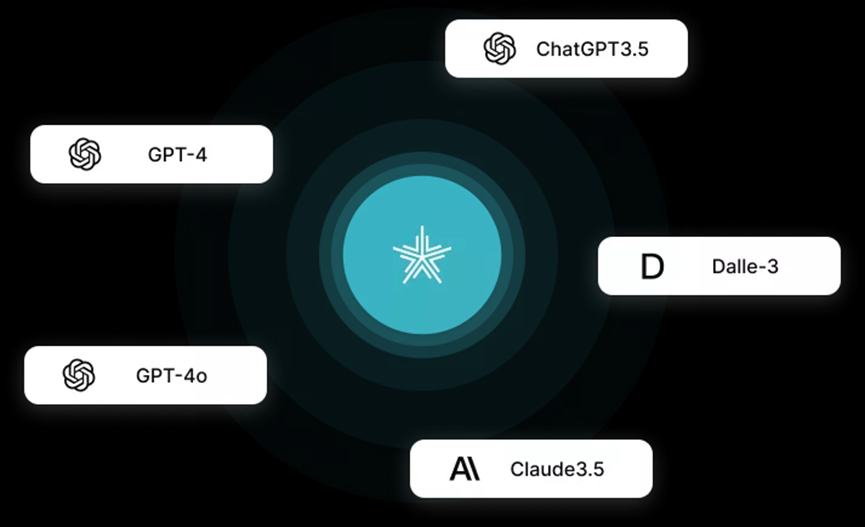
科学者たちの視点
最近のインタビューで、ジェフリー・ヒントンは、A.I.技術がもたらす潜在的な脅威についての懸念を表明しました。彼は、これらのシステムが社会に与える深い影響について強調し、今後の変化を産業革命に例えました。一方で、ジョン・ホップフィールドは、A.I.の進歩を原子の分裂に例え、この技術が持つ善と悪の両面の可能性に言及しました。
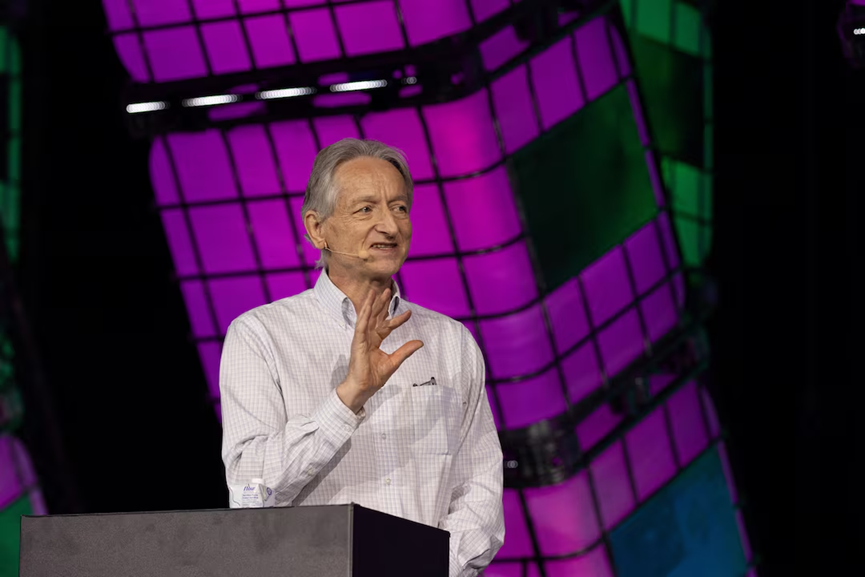
歴史的背景
ホップフィールド博士とヒントン博士は、人工知能分野への貢献に大きな影響を与えた確固たる学問的背景を持っています。ホップフィールド博士は、計算機科学、生物学、物理学の分野での画期的な発見で知られており、1982年にはホップフィールドネットワークを提案し、脳が記憶を思い出す仕組みをモデル化しました。一方でヒントン博士は、1970年代初頭に神経ネットワークの研究を開始し、後にボルツマンマシンを開発し、現代の神経ネットワーク技術の進展に貢献しました。
現代のA.I.への影響
ホップフィールドとヒントンの業績は、「A.I.冬」と呼ばれる期間に神経ネットワークへの関心を復活させる上で重要な役割を果たしました。彼らの革新は、多くの物理学者を機械学習の分野に引き寄せ、人工知能が活況を呈する研究分野および応用分野としての地位を確立するのに寄与しました。
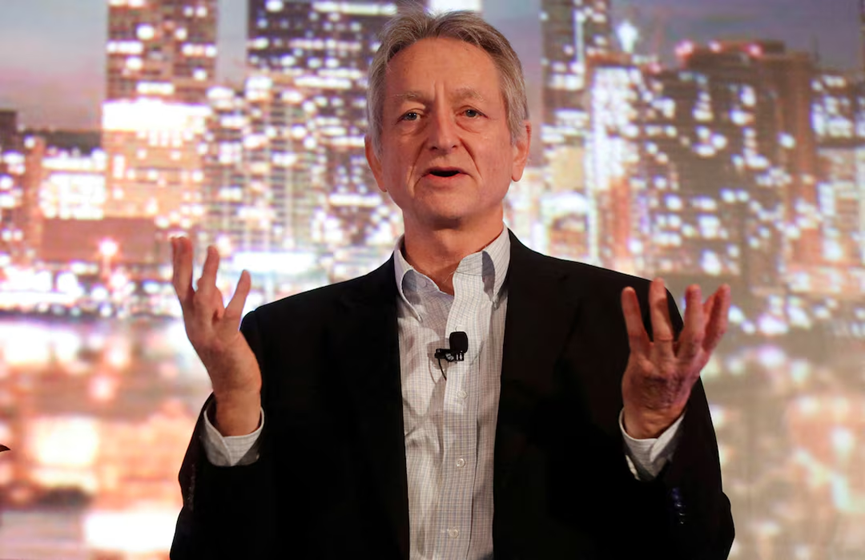
ノーベル賞の受賞コメント
両科学者は、ノーベル賞を受賞した際に驚きを表しました。ホップフィールド博士は祝福のメッセージが大量に届いていることに感謝した一方、カリフォルニアの質素なホテルにいたヒントン博士は、その興奮でMRI検査をキャンセルしなければならなかったとユーモアを交えて話しました。
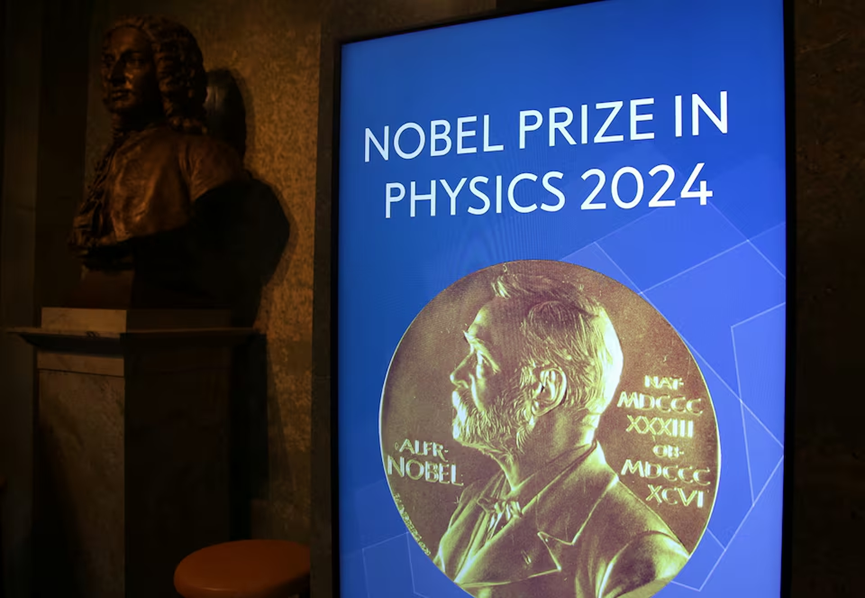
Q&A
**Q:ノーベル賞のカテゴリーは? **
A:ノーベル賞のカテゴリーは物理学、化学、生理学または医学、文学、平和で、これはアルフレッド・ノーベルの遺言に基づいています。
**Q:彼らが得られるボーナスはいくら? **
A:1100万スウェーデン・クローナが授与され、受賞者同士で均等に分けられます。
**Q:他のノーベル賞はいつ発表される? **
A:ノーベル化学賞は 水曜日 にスウェーデン王立科学アカデミーによってストックホルムで発表されます。ノーベル文学賞は木曜日にスウェーデンアカデミーによってストックホルムで発表され、ノーベル平和賞は金曜日にノルウェーのノーベル研究所によってオスロで発表されます。来週の月曜日には、ノーベル経済学メモリアル賞がスウェーデン王立科学アカデミーによってストックホルムで発表されます。すべての賞の発表はノーベル賞機関によってライブストリーミングされます。
**Q:今年の他の科学賞受賞者は誰か? **
A:月曜日に生理学または医学賞は、細胞がどのように発生し機能するかを決定するのに役立つマイクロRNAの発見により、ビクター・アンブロスとゲイリー・ルブキンに授与されました。
**Q:2023年のノーベル物理学賞は誰に授与されたか? **
A:この賞は、サブ原子粒子が不可能な速度で動く様子を捉えることを可能にした業績に対し、ピエール・アゴスティーニ、フェレンツ・クラウス、アン・リュイエに授与されました。